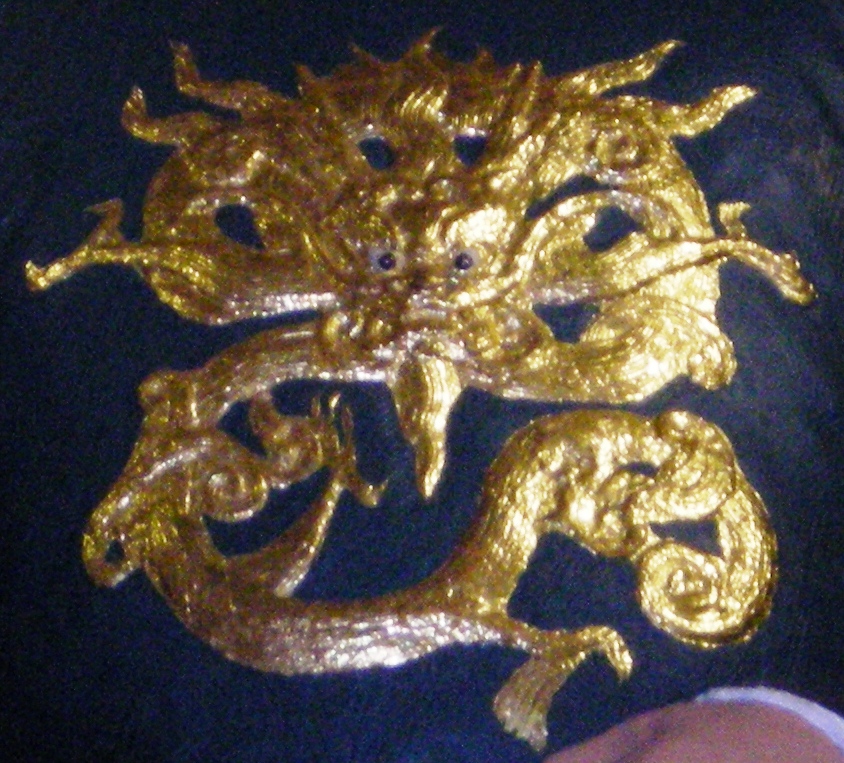 National Palace Museum Taipei National Palace Museum Taipei
國立故宮博物院
 This may surprise some but one of the world’s top four museums is in Asia. This may surprise some but one of the world’s top four museums is in Asia.
The top three are Metropolitan Museum of Art in New York, the Louvre Museum in Paris and the British Museum in London.
They are famous for their extensive collections from around the world including some controversial pieces such as the British Museum’s Elgin marbles taken from the Parthenon in Greece.
The forth is The National Palace Museum in Taipei, Taiwan and is famous for its extensive collection of more than 650 000 pieces representing a cross section of China’s history.
Migration of treasures
Most of the items were removed from Beijing’s Forbidden City just before the Japanese invasion during the Second Sino Japanese War. It was hidden for more than a decade as they were protected first from Sino Japanese War and then from the civil war between the Nationalist and Communist.
The treasures were eventually brought to Taiwan during the Nationalist retreat. Arriving in Taiwan, the treasures were once again under storage as the Nationalists were expecting to recover China from the communist in a few years.
By the 1960s, it was clear that was not going to happen anytime soon so a decision was made to build a permanent home for the treasures leading to the construction of the National Palace Museum.
The world’s top four museums
The National Palace Museum is located in a pleasant part of Taipei with easy and accessible transportation. The museum is well designed, comfortable and has free guided tours in various languages led by knowledgeable and cheerful guides.
It is worth to schedule your visit to join the tours and enjoy the insights especially of the important pieces whose stories evade the casual visitors.
Walking on the grounds of the National Palace Museum, you may at times find it reminiscent of the Forbidden City in Beijing, most of the treasure’s original home.
The treasures that arrived in Taiwan were swept by social waves unleashed by historical tsunamis. The treasures survived ordeals before finding their new home and making it to the top four museums of the world.
Each piece of treasure reflects a period of Chinese history but the treasures collectively also tell the turbulent memory of dislocation and relocation in recent Chinese history.
Related articles:
|

